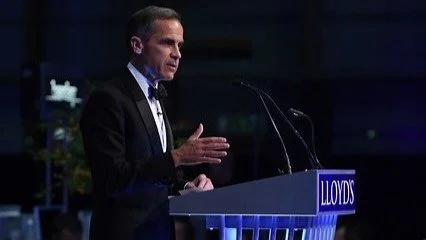Canada’s climate risk governance gap, 10 years after Carney’s warning
Ten years ago Mark Carney, at the time Governor of the Bank of England, warned the financial system of the threats of climate risk. In his “Tragedy of the Horizon” speech, Carney proposed a climate-risk disclosure as a solution to shift financial decisions, underscoring how short-term financial decision-making locks in long-term climate change. As the topic of a recent article for the EnergyMix, ten years after Carney’s warning, insurers continue to openly support the expansion of coal, all the while admitting that it is directly fueling the very climate risks which threaten their own business and much more.
While Carney’s speech resulted in movements (such as the Network for Greening the Financial System and the Glasgow Financial Alliance for Net Zero) that have pushed climate risk disclosure and net-zero pledges, these voluntary measures have not stopped banks, insurers and investors from financing large scale fossil fuel projects. Despite recognizing transitional risks (from economies shifting to low carbon) and physical risks (from escalating climate disasters), financial institutions continue to offload costs onto households and governments, and continue to operate with business as usual.
The article highlights how the underlying issue is structural: financial institutions are incentivized to maximize immediate returns even if it undermines future stability. Better climate disclosure alone is not enough: we need stronger governance and regulation that forces systemic change to align finance with climate goals, but regulators and industry leaders continue to resist. Without such intervention, the financial sector will keep prioritizing short-term profit from fossil fuels, effectively funding its own destruction along with everyone else’s.
Written by Sabrina Careri, for Ann Dale.
Mark Carney at Lloyd’s of London in 2015 (Flickr)
